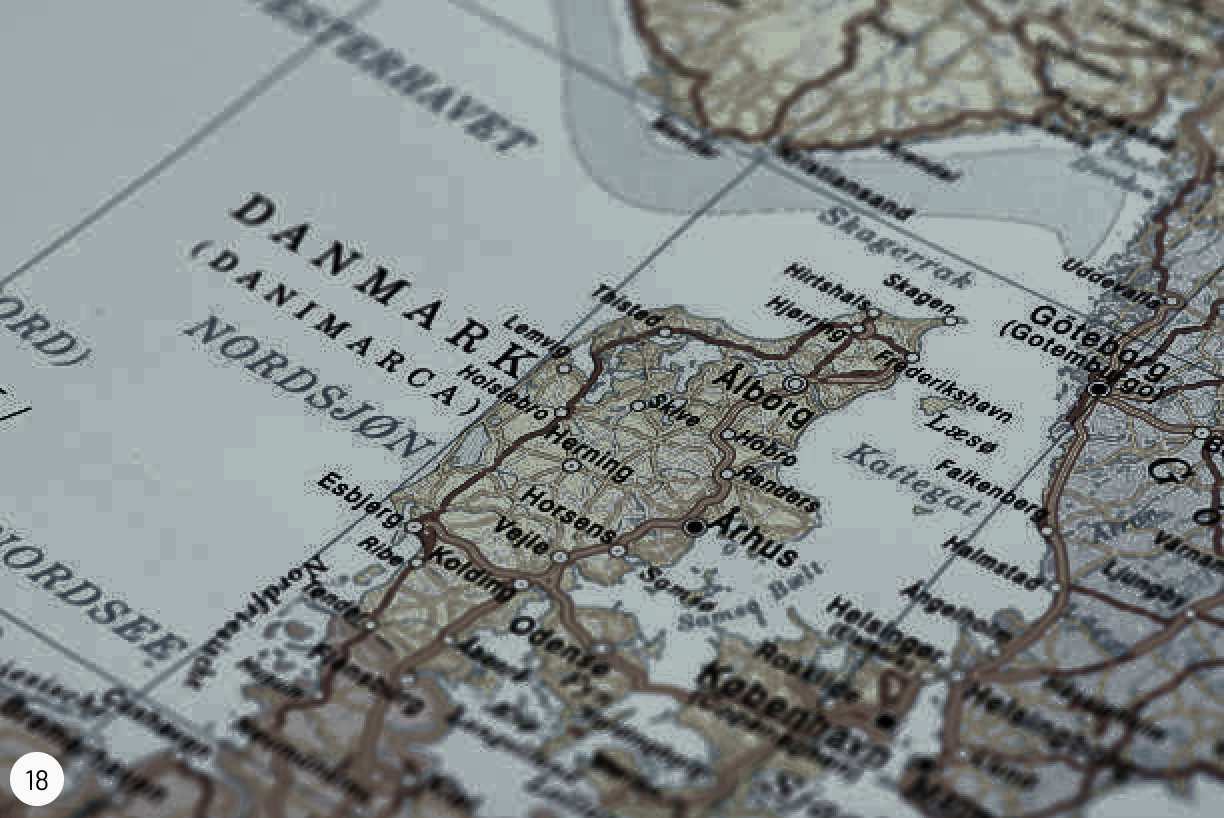
Municipal and regional collection sites for electronics and batteries
You must not discard electronics or batteries together with residual waste. Therefore, the rules on producer responsibility are meant to ensure that any end-user of electrical products or batteries at any time has the opportunity to discard free of charge this type of products for environmental treatment at the end of their service life.
At the municipal recycling centres or collection sites waste electronics must be sorted in the following seven fractions while the regional sites receive large quantities of electronics from households and similar, such as housing associations, electricians, etc.
| Seven fractions | Dimensions and specifications | Collection equipment |
|---|---|---|
| 1.a. Large electronics | More than 50 cm (stoves, washing machines, clothes dryers, etc.) | Large container |
| 1.b. Medium-sized electronics | More than 50 cm (but NOT belong in large containers) | Metal cage |
| 2. Temperature exchange equipment | Containing refrigerants other than water (refrigerators, freezers, etc.) | Large container |
| 3. Small electronics | Smaller than or equal to 50 cm | Metal cage |
| 4. Screens and monitors | Incl. equipment with screens larger than 100 cm2 (display of information) | Metal cage |
| 5. Light sources | Electric bulbs and fluorescent tubes | Barrel/box |
| 6. Photovoltaic panels | No more than 13 per cage (only standard panels) | Metal cage |
| 7. Portable batteries | Barrel |
Places to go with your end-of-life electronics and batteries
Municipal sites
As mentioned, local authorities are obliged to establish collection services for waste electronics and portable batteries from private households; this includes making space available at the recycling centres and sorting the products into seven different fractions. The local authorities are not involved in the subsequent transport and treatment of the end-of-life products; this is done by collective schemes or individual compliers cf. the allocation scheme. There are around 400 municipal collection sites distributed over Denmark. The collection sites are either operated by the local authority, their public utility, or through an intermunicipal waste management company (cooperation between several local authorities).
Regional sites
Businesses may drop small quantities of end-of-life electronics and portable batteries at the recycling centres, provided they are the end-users of the products.
Large quantities of waste electronics from households and similar that the local authorities are not obliged to receive can be taken directly to the regional reception sites of the collective schemes. Large quantities of waste electronics may come from dealers in whitegoods, electricians, housing associations, or institutions.
You should make an appointment
Each collective scheme must have at least one collection site per region for reception of large quantities of waste electronics. These sites are not obliged to have fixed opening hours and they are not obliged to be open to private citizens. Access to the sites must be agreed with the collective scheme.
-
421
municipal collection sites -
33
regional collection sites -
65,819 tonnes
electronics collected in 2023
Shortcuts
Collection sites
See requirements for municipal collection sites, including description of electronics fractions
Regional sites 2023-2024
See regional collection sites for large quantities of waste electronics from households and similar
Collection equipment and pictograms
See producers’ collection equipment and the standard pictograms used by local authorities
Compliance schemes and handeling companies
See contact information of waste carriers and operators calling on municipal collection sites further to the annual allocation
Allocation
See who picks up end-of-life electronics and portable batteries at the municipal collection sites
Statistics for collected electronics
See volumes of waste electronics collected in the municipalities
Statistics for collected batteries
See how many batteries are collected in the municipalities
Cooperation between local authorities and producers
See guidelines for the cooperation between local authorities and producers, including requirements for sorting and pickup at collection sites